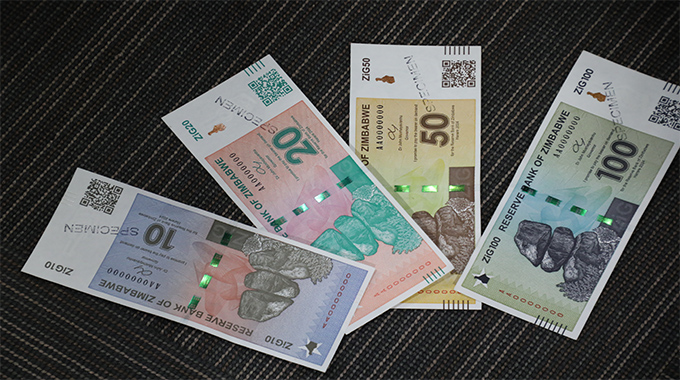EDITORIAL COMMENT: Patience vital as power projects take shape

The unprecedented intensification of load shedding over the past two weeks and a gloomy forecast that the power cuts will only ease in 2018 have jolted the country. Never before has almost the entire country gone for up to 24 hours without power. Yes some sections have because of faults and capacity constraints, but not the prevailing extent.
Ongoing mandatory repair work at key power generating units and declining water levels at the Kariba Dam have cut national power generating capacity to around 1,300 megawatts against a demand of 2,500MW.
The whole country — from households to farmers, industry to commerce — are facing a difficult situation, expected to continue for the next three years. This has certainly disrupted the smooth running of homes and business and will cost the economy substantially.
While the protracted power cuts are regrettable, we take comfort in that there was a lot that was already being done by the government to facilitate the augmentation of the country’s electricity generating capacity. It is not like everyone has learnt over the past fortnight that we needed to invest in new power plants or create conditions for that to be possible.
Notable projects that have been going on for the past few years include the Kariba South Power plant extension, licensing of independent power producers (IPPs) among them hydro and solar systems, building of biogas digesters and thermal electricity generating facilities. Many of them are at various stages of implementation.
We reported recently that about 13 IPPs that were licensed a few years ago are struggling to raise $10 billion required to set up the power plants. The ongoing projects will take an average of two years to materialise. This calls for a great deal of patience on the part of both household and commercial consumers while the investments are being implemented.
By 2018 if the projects are completed as scheduled, the country would be able to generate at least 4,000MW of power and have the luxury of having a surplus to export.
The government recognises that this will be a painful three years. President Robert Mugabe, addressing Zanu-PF cadres on his return from the United Nations on Thursday, urged the people to bear with authorities and investors as work to boost power output continues. He particularly emphasised the need for the country to make more meaningful use of its abundant solar potential.
“We have proposed for quick implementation of alternative power sources that do not require water or coal such as solar,” said the President. “We said harness that heat from the sun and convert it into electricity — that is the solar energy we’re talking about — electricity from the sun.
“What’s expensive are the panels used to draw the heat. If you look along [Harare] Airport road, there’re some small solar panels fitted to harness solar power. So all this requires time to implement, and as such power outages are inevitable not only here in Zimbabwe but in other countries such as Zambia and South Africa.
“We’ve to wait for the rains and the work that is underway to harness solar energy. After that, our country will have abundant power. We could have done some of these things long back, but we’ve shortage of resources as a country.”
The Minister of Energy and Power Development, Samuel Undenge, this week detailed the projects being undertaken to that end. In addition, in Parliament on Wednesday, Vice-President Emmerson Mnangagwa said the government was aware of the prevailing situation and work was being done to address it.
The prevailing energy gap must be seen not only in a negative sense, but also as an opportunity for industry and households to pursue, more strongly, alternative power sources to limit reliance on the national grid. This is particularly true for household consumers.
We are witnessing significant household investments in solar systems across the country. These are important for lighting, powering refrigerators, televisions, radios and a bit of cooking, depending on the capacity of the installed solar system and the size of the gadgets being used. Also, the power cuts are the cause for the rapid growth in the liquefied petroleum (LP) gas sector. LP gas is important for cooking.
The investments have helped reduce demand on the Zesa grid. More of this integrated approach will greatly relieve pressure on the power utility as well as providing more independence and household energy security on those adopting the alternatives.
Industrial consumers who need a lot of power like mines and manufacturing plants can remain on the Zesa grid.
We appreciate the work being done on expanding the national power generating capacity. We note efforts to limit reliance on the hydro and thermal system to include the abundant potential in solar and biogas.
The investors and the government are urged to intensify them. At the same time, we implore domestic consumers to wean themselves off the Zesa network by taking up solar, LP, biogas and other options suitable to meet home energy needs.






Comments